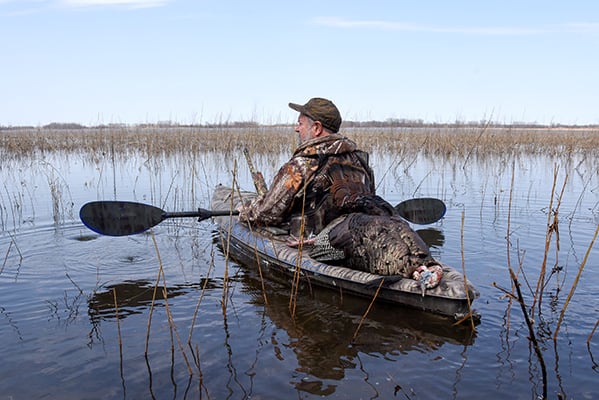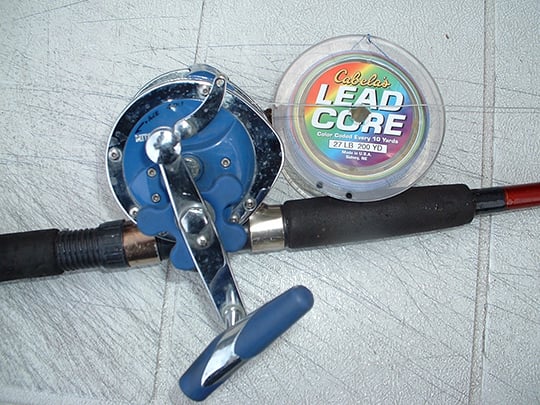Minnesota DNR classifies more invasive plants, animals as prohibited – Outdoor News
St. Paul — The Minnesota DNR has classified 13 high-risk invasive aquatic plants, fish, and invertebrates as prohibited invasive species.
The DNR classifies invasive species as prohibited to prevent their introduction and spread in Minnesota and to protect the state’s environment, economy, natural resources, and outdoor recreation. It is unlawful to possess, import, purchase, transport, or introduce prohibited invasive species, except under a DNR-issued permit for disposal, decontamination, control, research, or education.
The prohibition on 12 of the 13 species is effective immediately, with publication of the new listings in the State Register. Jumping worms will be prohibited invasive species effective July 1, to provide additional time for outreach to businesses and others that may be impacted by the rule change.
The new species and the reasons for listing the species are summarized below. More information on these species can be found on the Invasive Species Rulemaking webpage.
Jumping worms have negative effects on plants and soils. Jumping worms have been confirmed in some Minnesota urban areas but not in most of Minnesota. Listing jumping worms as prohibited invasive species will reduce their spread in Minnesota by making sales of jumping worms illegal. This measure also strengthens regulations so that legally sold worms are not contaminated with any jumping worm species.
Non-native common reed reduces biological diversity by crowding out native plant and animal species. The rule does not apply to Minnesota’s native subspecies of common reed.
Mitten crabs, Nile perch, snakehead fish, and walking catfish are now classified as prohibited invasive species in Minnesota due to their environmental impacts and for consistency with the federal injurious wildlife species list.
Yellow floating heart (an aquatic plant), tench (a fish), golden mussel, and marbled crayfish are all identified as “least wanted” species by the Conference of Great Lakes and St. Lawrence Governors and Premiers Aquatic Invasive Species Task Force. Adding these regional priority species to Minnesota’s prohibited invasive species list will help to prevent their introduction and spread.
Golden clams can block water intake pipes and interfere with substrate needed by native species. Populations of golden clams have been found in some Minnesota waters. Classifying this species as prohibited will help prevent further spread in the state.
Tubenose gobies are non-native to North America and have the potential for negative impacts. The western tubenose goby is already listed as a prohibited invasive species in Minnesota, and several other species in the genus are difficult to distinguish from one another. Listing the genus will help prevent the introduction and spread of other tubenose goby species.
Eastern mosquitofish have been stocked for mosquito control in other states in the U.S. and have become invasive in places where they were introduced. Eastern mosquitofish are not known to be in Minnesota. Adding eastern mosquitofish to the prohibited invasive species list will reduce the risk that this species would be introduced to the state.
The DNR has authority to protect Minnesota’s environment, economy, and natural resources from potential harm from non-native species of wild animals and aquatic plants. These classification changes are part of the DNR’s ongoing work to assess the risk of non-native species. These additions to the prohibited species list follow a public review and input process as part of formal rulemaking.
Other prohibited invasive species in Minnesota include zebra mussels, Eurasian watermilfoil, and silver carp. A complete list is available on the DNR invasive species laws website.







